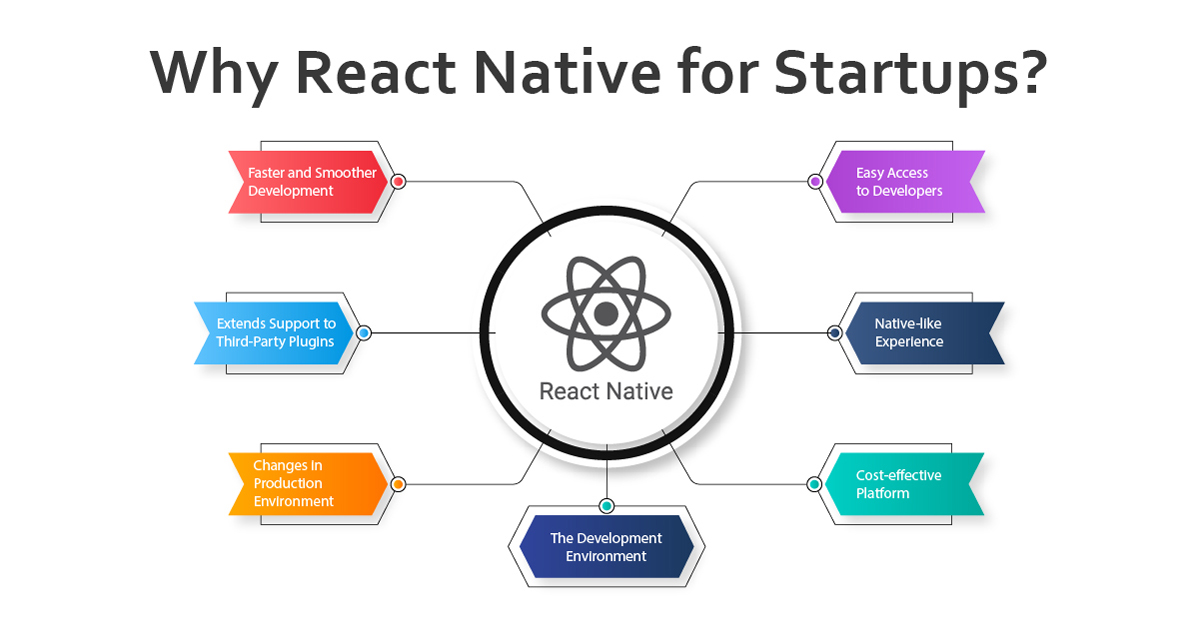How To Develop Responsive Website
Published on 19/10/2023
How To Develop Responsive Website
Webpage these days are not just restricted to serving desktops and laptops. Each and every webpage today needs to be developed for numerous devices in equal number of resolutions spread across different operating systems. This makes the ability to create responsive UI a critical skill in website design and development.
The growth in internet usage on mobile devices makes it a questionable task to develop a website suitable for all users. Responsive Web Design has taken a leap forward in the field of web development. It enables web developers to build a website that fits within the screen of every device. It emphasizes on offering instinctive and fulfilling experience to all users. The term ‘Responsive Web Design’ was pioneered and coined by web designer Ethan Marcotte in May 2010. He divided his idea into three blocks – flexible grid, flexible images and media queries. This means that old fixed-width layout no longer work with the new web development.
Flexible Grid and Images:
It is impossible to design anything without having grids. Grids act as a reference pointer to everything placed in the layout. Now since grid is a reference pointer and not a fixed pointer, it can be changed. In order to create flexible grid, pointers must be measured in percentage, not pixels. That means 50% will always cover half the screen irrespective of its size and resolution. Selecting a proper background image is the key to grabbing attention. Photographs, illustrations and advertisements that can’t be tiled are not effective in flexible grid systems. Horizontal gradients and texture borders are also ineffective. Use of textures that can be easily tiled without making it look awful is a good practice to set up the background of the webpage.
Media Queries:
Structuring a layout for every platform is a tough task and that is what media query is all about. Most of the website design and development teams till now didn’t expand their queries beyond desktops and probably tablets. Nobody thought of the mobile device’s screen size while developing a desktop website. Every module needs to resized and displaced when the website is browsed through a mobile device. There are three major breaks (in terms of pixels) – 480/768/1024, three minor breaks (in terms of pixels) – 320/720/900 and the desktop limit (which is the average maximum layout size) – 1024px. The central idea of media query is modules resize and rearrange themselves depending on the size of the screen on which the website is viewed.
There are obviously lots of benefits in developing a responsive web design, number one being the rise in number of mobile device users. Therefore, it is wise to evaluate current users and the devices on which they have browsed the website before taking a dig at redesigning it. In the end, people who browse through web will definitely have varying needs as per the device in hand. Web development is leading to grow various website development companies and with it, comes a herd of opportunities for designers and developers who wish to pursue it.
Listening...






